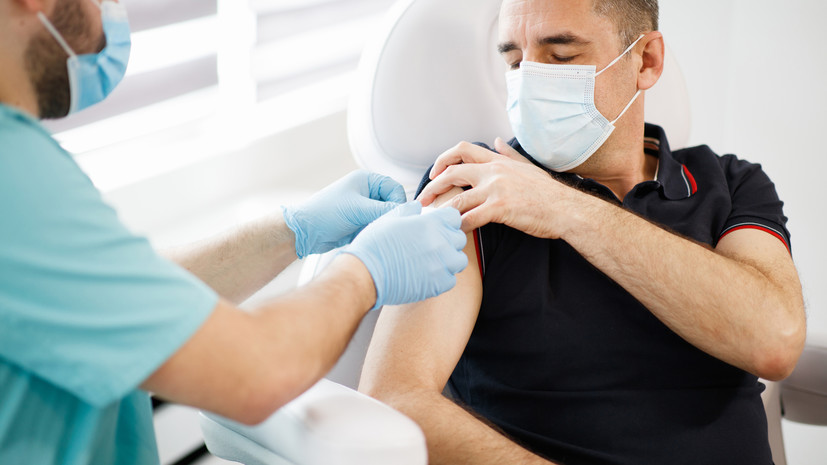Scientists from Saratov State University named after N.G. Chernyshevsky, Research Institute of Influenza named after A.A. Smorodintsev, Peter the Great St. Petersburg Polytechnic University and St. Petersburg State University have invented and developed a new method for introducing vaccines into the body of patients through the skin using vaterite carrier containers and ultrasound. The study was supported by the Russian Science Foundation (RSF). The results were published in the Journal of Materials Chemistry B. This was reported by the press service of the Russian Science Foundation.
Today, intramuscular injections remain the main method of introducing vaccines into the body. Such a procedure requires a certain level of qualification from medical personnel, and in addition, it is associated with the risk of injury to blood vessels and infection at the injection site. Therefore, scientists are looking for alternative ways to vaccinate.
The authors of the work proposed to inject the drug into the body without damaging the skin - through the hair follicles. This method is not only safe, but can also have a good effect, since there are many cells of the immune system in the skin that protect the body from invading pathogens.
To deliver the vaccine deep into the skin, scientists have created special submicron carriers - porous balls of calcium carbonate 0.9 microns in diameter - this is about 30 times smaller than the diameter of human vellus hair. Calcium carbonate is part of the bones, is not rejected by the body and quickly dissolves.
- The essence of a new approach to percutaneous immunization
- © Julia Svenskaya / Journal of Materials Chemistry, 2023
A suspension of carriers with a vaccine is applied to the surface of the skin, and then it is exposed to ultrasound - sonophoresis is widely used in physiotherapy: such devices are available in all clinics and are even available in the form of portable devices for home use. Ultrasound allows the particles to penetrate the hair follicles more efficiently and reach the antigen-presenting cells. They capture and break down the antigen in order to then point to the "enemy" of the immune system - this is how the immune response to vaccination is formed.
The researchers tested the technique on laboratory animals. Two groups of mice were injected with the same vaccine, but in different ways - using intramuscular injections and a new method. The scientists then measured the level and composition of antibodies in the blood of rodents. At the same time, the total level of antibodies in the organisms of experimental subjects from both groups turned out to be almost the same.
"The results indicate the promise of the developed approach as an alternative to traditional intramuscular immunization. In the future, we will have to assess what dosages are needed to form the desired immune response, as well as test the protective properties of the proposed form of the vaccine when infected with the influenza virus," said Yulia Svenskaya, project manager, Candidate of Physical and Mathematical Sciences and Senior Researcher at the Laboratory of Remotely Controlled Systems for Theranostics of the SSU Scientific Medical Center.
Experiments on laboratory animals were carried out using an anti-influenza vaccine. Scientists intend to find out what other types of vaccines can be worked with using this method. According to the authors of the study, the technique can become an alternative to the traditional injection of vaccines.

